Is Bogotá safe to visit? Bogotá is generally safe to visit if you follow some basic safety tips, as you will reduce your risk of being a victim of crime. However, security in Bogotá is still a major concern for expats living in Bogotá and also tourists visiting the city.
Bogotá and Colombia still have a reputation of violence and drugs to overcome that hasn’t been helped by the popular Narcos series. What many people don’t realize is the timeframe depicted in Narcos was well over 25 years ago and that Pablo Escobar is long dead and buried.
I have lived in Medellín for over eight years and I have traveled to Bogotá over 20 times and spent over seven months in Bogotá. And probably the most common questions I get from friends and relatives in the U.S. are still related to the security and safety in Colombia.
I frequently hear questions like “Is Medellín safe?”, “Is Bogotá safe?”, “Aren’t you scared living there?”, “What is the chance I will be kidnapped when I visit?”
In this article, we look at some up-to-date Bogotá crime statistics and 20 recommended expat safety tips. Crime and safety is a major concern of expats and was included in our list of 12 downsides to living in Bogotá.
Everyone’s experiences and perceptions about security and safety differ. Obviously if you or a family member or close friend have been victim of a crime your perceptions about security and safety will be different than someone that hasn’t experienced a problem.
We previously looked at security in Medellín and also looked at the safest neighborhoods in Medellín. In addition, we looked at safety in Cartagena and safety in Cali. And several Medellin Guru readers asked about safety in Bogotá so we now look at the crime rates and safety in Bogotá. Also, we previously compared Medellín vs Bogotá as a place to live.
Note the above photos of Colombian police are by the National Police of Colombia.

Police in Bogotá during Independence Day celebration, photo courtesy of National Police of Colombia
Is Bogotá Safe? Bogotá Homicide Statistics
Nothing demonstrates the remarkable turnaround in the security situation in Bogotá more than looking at the historical homicide statistics
In 1993, Bogotá had a rate of 80 homicides per 100,000 residents, which placed the capital of Colombia among the most violent and dangerous cities in the world. There were almost 16 murders every 24 hours.
In 2018, 25 years later, the homicide rate in Bogotá was 12.7 per 100,000 residents, which was about three homicide cases per day.
And in 2018, Bogotá had the lowest homicide rate in 40 years: 12.7 per 100,000 inhabitants, which was 12 points below the national average – 24.7 per 100,000.
This is a lower homicide rate than many cities in Colombia. For example, the homicide rate in Medellín in 2018 was 24.75 per 100,000 and in Cali it was 47.3 per 100,000.
Is Bogotá Safe? Homicide Statistics by Localidad in Bogotá in 2018
Historically the highest homicide rate each year in Bogotá is normally in the Los Mártires localidad. And Ciudad Bolivía typically has the highest count of homicides. Note that Bogotá has localidads instead of comunas. Loacalidads in Bogotá are broken up into smaller barrios similar to comunas in Medellín.
The following table shows the 2018 counts of homicides per localidad in Bogotá as well as the calculated rate of homicides per 100,000 residents in each localidad:

2018 homicides per localidad in Bogotá, sources: Secretary of Security, City of Bogotá
In 2018, 43 percent of the total homicides in Bogotá were in Ciudad Bolívar, Kennedy and Bosa localidads. And the highest homicide rates in Bogotá in 2018 were in the Los Mártires, Ciudad Bolíva and Santa Fe localidads.
Is Bogotá Safe? Other Crimes in Bogotá
According to Bogotá Como Vamos, during the first half of 2019 there were 58,092 robberies of people in Bogotá, which was 17 percent more than the same period of 2018 (49,049). So, the robbery rate of people is increasing in Bogotá.
Note that Colombia reports hurtos, which means robberies and thefts. So, the robberies statistics in Colombia actually include both robberies and thefts. Robbery in English involves force or the threat of force. While theft is a broad term that can cover a wide variety of criminal offenses including pickpocketing.
Of the robberies of people, about 20 percent happened on public transport. And 9,836 robberies occurred in TransMilenio, which is about 54 daily robberies in this system.
In addition, Bogotá Como Vamos disclosed that 104,514 robberies of people in Bogotá were reported in 2018. And that Chapinero, Santa Fe and La Candelaria were the neighborhoods in Bogotá with the highest rate of robberies of people in 2018.
In 2018, Bogotá had a robbery rate of 1,477 per 100,000 inhabitants. But in Chapinero, the rate in 2018 was much higher than the overall city with 8,317 robberies per 100,000 and and Santa Fe had 7,845 robberies per 100,000.
Chapinero is an upscale area of Bogotá with Zona G, a major gourmet area of the city, where many high-end restaurants are located. Also, this is where Zona T (Zona Rosa), the entertainment area of Bogotá, and Parque 93 are located.
However, similar to El Poblado, the wealthy area of Medellín, Chapinero in Bogotá has a high rate of robberies likely due to thieves targeting a wealthy area of Bogotá. In fact, Chapinero is the localidad with the highest robbery rate in Bogotá.
In 2018, cell phones were the most stolen item in Bogotá (65,066 robberies). And it is worth noting that car theft in Bogotá decreased by 8 percent in 2018 and motorcycle theft decreased by 12 percent in 2018.
In addition, Bogotá has the second highest rate of interpersonal violence in Colombia (358.7 cases per 100,000 inhabitants) and the third highest in violence against children and adolescents (47.26 cases per 100,000 inhabitants).

Police confiscating weapons in Bogotá, photo courtesy of National Police of Colombia
My Safety Experiences in Medellín, Bogotá and Colombia
I have lived in the Medellín metro area for over eight years in five different neighborhoods. And I have been traveling to Colombia since late 2006, when I first discovered Colombia.
During all this time living in Medellín and traveling in Colombia including many trips to Bogotá, I have generally felt safe. But I am security conscious and use common sense plus take some safety precautions outlined in our 20 safety tips below.
In all this time traveling to Colombia and living in Medellín for over eight years, I only experienced three problems. One problem was in January 2020 in Laureles in Medellín when I was robbed at knifepoint.
And two of my problems were on the Medellín metro. One time on the metro was a few years ago when I was traveling on the metro with a backpack during rush hour. And a small camera was in the small pocket in the backpack. When I arrived at my destination, I later discovered the camera was gone.
Also, I was a victim of a pickpocket on the Medellín metro in August 2018. I normally try to avoid rush hour on the metro when people are packed like sardines.
I had my cell phone in one front pocket and my wallet in the other. I had one hand on my pocket with my wallet and my other hand was holding on. When I arrived at my destination, I realized someone had taken the cell phone from my pocket. And I didn’t notice or feel anything. Note that cell phones are the most commonly stolen items in Colombia.
I have not encountered any other security problems while living in Medellín and traveling throughout Colombia. But I am safety cautious and normally take taxis at night and don’t go to certain parts of cities in Colombia.
20 Bogotá Safety Tips for Expats for 2019
Bogotá is generally considered safe to visit if you use common sense and take some precautions. There are a number of basic precautions you can take to be vigilant about your personal safety and improve your security while in Bogotá and Colombia.
Here are 20 safety tips in no particular order that should improve your security and greatly reduce your risk of being a crime victim in Bogotá:
1. Don’t flash your cellphones, cameras, jewelry or money around. In addition, pickpocketing and purse snatching is common in some public places. Distraction is frequently the strategy, so be alert and keep an eye on your belongings. Also, be aware of your surroundings when using your cellphone, as cellphones are the most commonly stolen items in the city.
2. Never resist if you are a robbery victim. Many homicide victims in Bogotá resisted robberies. It’s not worth risking your life for some money and/or possessions. Don’t try to be a hero.
3. Take care even in upscale Chapinero. Street crime is possible everywhere in Bogotá. Chapinero is touted by some as the safest part of the city. But robbery statistics have been increasing in Chapinero and this neighborhood actually has the highest robbery rate in the city. This is likely due to criminals targeting one of the wealthiest areas of Bogotá where many foreign tourists stay.

Be careful while on the Transmilenio, photo by Pedro Felipe
4. Be careful on the TransMilenio. Robberies are common on the TransMilenio in Bogotá and over 16 percent of robberies in the city reportedly happen on the TransMilenio system. So, be careful of pickpockets during rush hour. And you may not even realize you have been a victim until you arrive at your destination.
5. Stay away from drugs, sex tourism and illegal activities. Participating in shady activities increases your likelihood of becoming a crime victim and historically many of the foreigner homicides in Bogotá have been related to these activities.
6. Dress conservatively and lose the shorts and flip-flops. Try not to be such an obvious foreigner tourist that can make you a target. See how typical Colombians dress. An expat in shorts and flip-flops speaking English loudly on an iPhone is likely to attract some unwanted attention.
7. Use ATMs in malls and grocery stores. Avoid ATMs on the street or in areas with few people around. And be conscious of who might be watching you.
8. Avoid bad neighborhoods. The poorest neighborhoods in Bogotá in the south of the city are not really places for expats, even during the day.
9. Never leave your drink unattended. It takes almost no time for someone to drug your drink with something like Scopolamine (aka Devil’s Breath), which can wipe the memory of its victims and can affect the ability to resist criminal aggression.
10. Be careful of the Millionaire’s Ride (‘Paseo Millonario’) taxi rides. In Bogotá, this sometime happens and typically involves pirate taxis orchestrating a route, which under the best of circumstances normally results in armed robbery. Assailants intimidate the victim with a weapon and search for belongings and rob any valuable items such as cell phones, jewelry, watches, and of course, wallets. Often, the criminals will demand the victim to provide codes for debit cards and credit cards. The taxi drives to an ATM and one of the assailants will take out cash using the cards. So, it’s best to call taxis at night in Bogotá and not hail taxis on the street.
11. Don’t carry lots of cash with you. Only carry what you need for the day or night with you.
12. Put your bag, purse or backpack in front of you. In busy areas it’s common for snatching of bags, purses or backpacks.
13. Late at night call for a taxi. During the day, hailing a taxi on the street will usually be fine. But at night calling for a taxi or using an app like Cabify is safer and will ensure you are getting a legitimate driver.
14. Don’t walk alone at night. It’s safer in groups. And if walking alone, stick to well-lit streets where there are plenty of people.
15. Try to keep a low profile. If you keep a low profile you are less likely to become a target. And never give out information about where you live to strangers.
16. Watch out for motorcycles. A disproportionate number of robberies and crimes in Bogotá and other cities in Colombia take place by criminals on motorcycles due to the ability for a quick getaway. So, take care brandishing phones in taxis or on the street as you may attract unwanted attention from a criminal on a motorcycle.
17. Don’t carry your passport with you. Carry a copy of your passport with another ID like a driver’s license. Only bring ATM and credit cards which you plan to use. Leave your passport and other cards locked up in a safe location.
18. Don’t invite strangers to your home or hotel. And if you are meeting someone you don’t know, always do this in a public area like a mall, restaurant or café.
19. Change locks and buy a security door. When you are living in a place long-term in Colombia always change the locks. No telling who else will have keys. And for even better piece of mind change the door to a security door reinforced with steel inside and around the frame. But make sure to get permission from the owner if you rent before replacing a door.
I travel often so I bought security doors for two apartments I have lived in. Thieves are looking for doors that are easy to break into and many apartments in Colombia have front doors that are quite easy to break into.
20. No Dar Papaya. Don’t give papaya. This is a famous quote in Colombia, which means essentially don’t put yourself in a position where you become vulnerable to be taken advantage of. Many of the above tips are ways to “No Dar Papaya”.
These common-sense safety tips apply not only to Bogotá but also generally apply to other cities in Colombia and other countries in Latin America.

Police in Bogotá, photo courtesy of National Police of Colombia
Is Bogotá Safe? Reporting Crimes in Bogotá
If you are a victim of crime in Bogotá you can report this. A police report, known as a denuncia, may be filed at the nearest Unidad de Reacción Inmediata (URI) of the Colombian judicial authorities.
You may also file a report at a police station but it will not have the same validity for legal process. So, it is recommended that victims of a crime go to the nearest URI to file a formal report. And be sure to get a copy of the report.
The National Police (Policía Nacional) have police stations located throughout the Bogotá metro area and a list of offices can be found here.
In addition, Guala is a special division of the police that handles cases involving extortion and kidnapping. They can be reached via phone at 165.
Colombia Travel Warning or Advisories
Several countries provide a Colombia travel warning or Colombia travel advisory.
For example, the U.S. Department of State has a Colombia Travel Advisory that is currently at Level 2 – exercise increased caution. In this travel advisory, it is advised to reconsider travel to several departments in Colombia including Arauca, Cauca, Chocó, Nariño and Norte de Santander Departments, with the exceptions of the cities of Popayan (capital of Cauca) and Nuqui by air.
Also, Canada has travel advice and advisories for Colombia that says to “exercise a high degree of caution”. It also recommends avoiding all travel within 20 km of the border with Venezuela, within 20 km of the border with Panama and the ports of Buenaventura and Tumaco.
In addition, the UK has UK foreign travel advice for Colombia that advises avoiding all travel to the ports of Buenaventura and Tumaco. And Australia also has its Australian travel advice for Colombia that recommends avoiding all travel within 20 km of the borders with Venezuela and Ecuador except the Pan American Highway crossing at Ipiales and avoiding all travel to the ports of Buenaventura and Tumaco.
Medellin Guru’s Safety and Security Series
Safety is the biggest concern of foreigners visiting Colombia or planning to move to Colombia. So, we have a series of 15 popular articles about safety and security in Colombia:
- Is Colombia Safe? Colombia Security and Safety Tips
- Is Medellín Safe? Medellín Security and Safety Tips
- What are the Safest Neighborhoods in Medellín and the Aburrá Valley
- Medellín Robbery: Expat Experience Being Robbed at Knifepoint
- Colombia Gun Laws: Is it Legal to Have a Gun in Colombia?
- Scopolamine: The Realities of Devil’s Breath in Colombia
- Colombia Protests: Tips for Foreigners to Stay Safe During Protests
- Is Bogotá Safe? Bogotá Security and Safety Tips
- Is Cartagena Safe? Cartagena Security and Safety Tips
- Is Cali Safe? Cali, Colombia Security and Safety Tips
- Is Santa Marta Safe? Santa Marta Security and Safety Tips
- Is Pereira Safe? Pereira, Colombia Security and Safety Tips
- Is Manizales Safe? Manizales Security and Safety Tips
- Is Bucaramanga Safe? Bucaramanga Security and Safety Tips
- Is Barranquilla Safe? Barranquilla Security and Safety Tips

View of Bogotá
The Bottom Line: Is Bogotá Safe? Security in Bogotá and Safety Tips
The biggest question I have received since living in Colombia has been “Is Colombia Safe ?” And my answer has been “yes”, as long as you follow some common-sense guidelines.
Bogotá and the rest of Colombia unfortunately still has a bad security reputation to overcome that is for the most part undeserved. The reality in Bogotá is that the security situation has improved dramatically over the past couple of decades. But many foreigners still ask “Is Bogotá safe?”
This biggest concern of expats visiting or planning to move to Bogotá is typically security and safety. But once they start living in the city, security becomes less of a concern once they realize that the reality doesn’t match the perception many foreigners have.
In addition, I have seen several posts on the Internet claim that Chapinero is one of the safest neighborhoods in Bogotá. But in reality, the above statistics demonstrate that Chapinero actually has the highest robbery rate in Bogotá. So, take care while in Chapinero in Bogotá.
Over the past several years, I have talked to many foreigners living in Bogotá. And I have only encountered a few expats that have experienced crimes.
Most of these were robberies on the streets in Bogotá or on the TransMilenio. And the most commonly stolen item was a cell phone. Also, in some cases, these crimes could have been avoided if they followed the common-sense security tips listed above.
The bottom line is if you take the precautions we recommend above with our safety tips, your risk of being a victim of crime should be greatly reduced.
Sign up for the Free Medellin Guru Newsletter – You can see all of the previous Medellin Guru weekly email newsletters and sign up here.



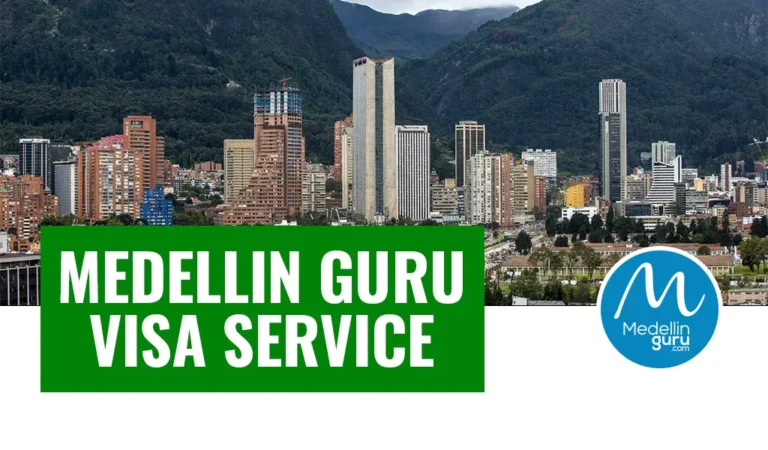
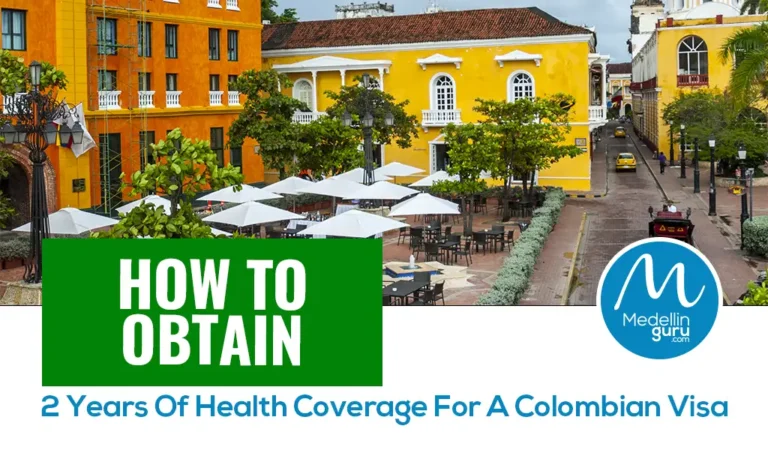



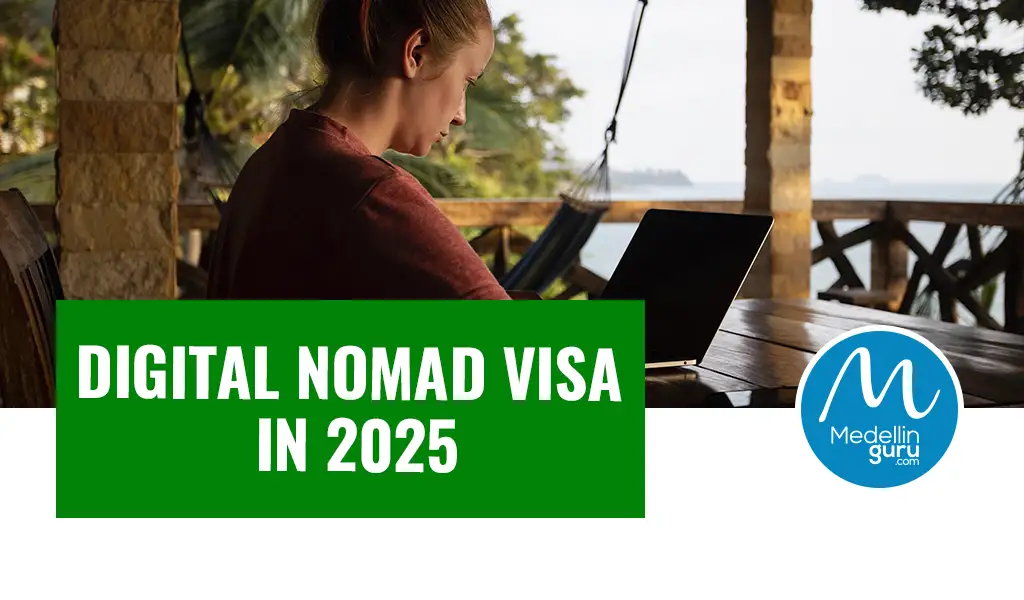
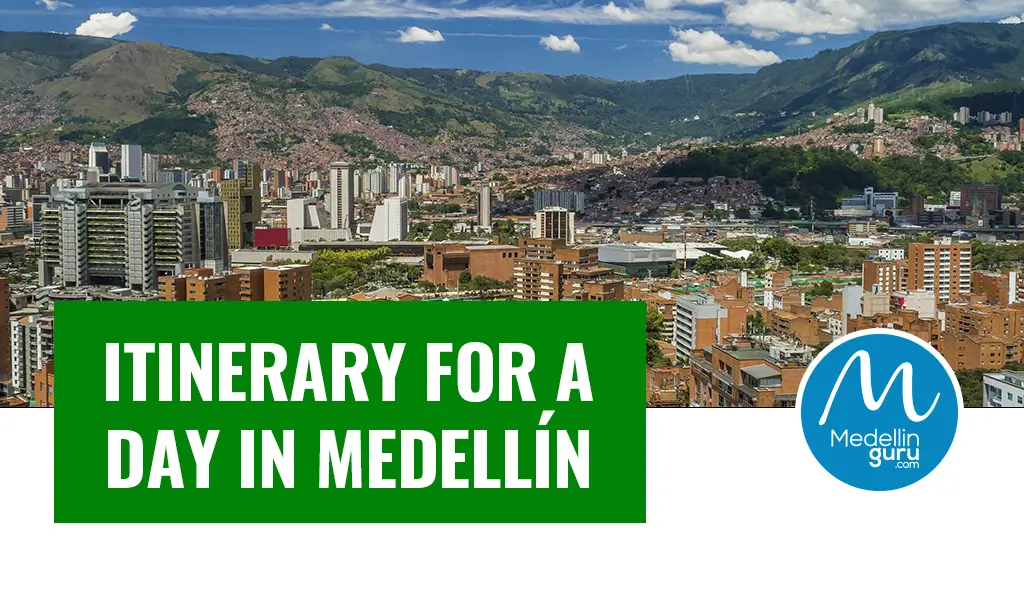
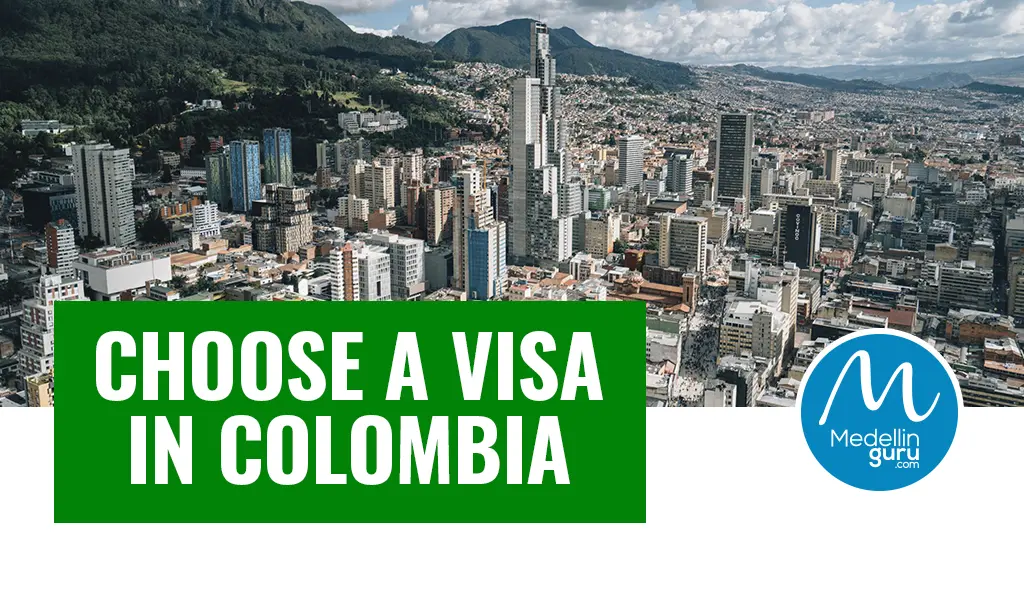
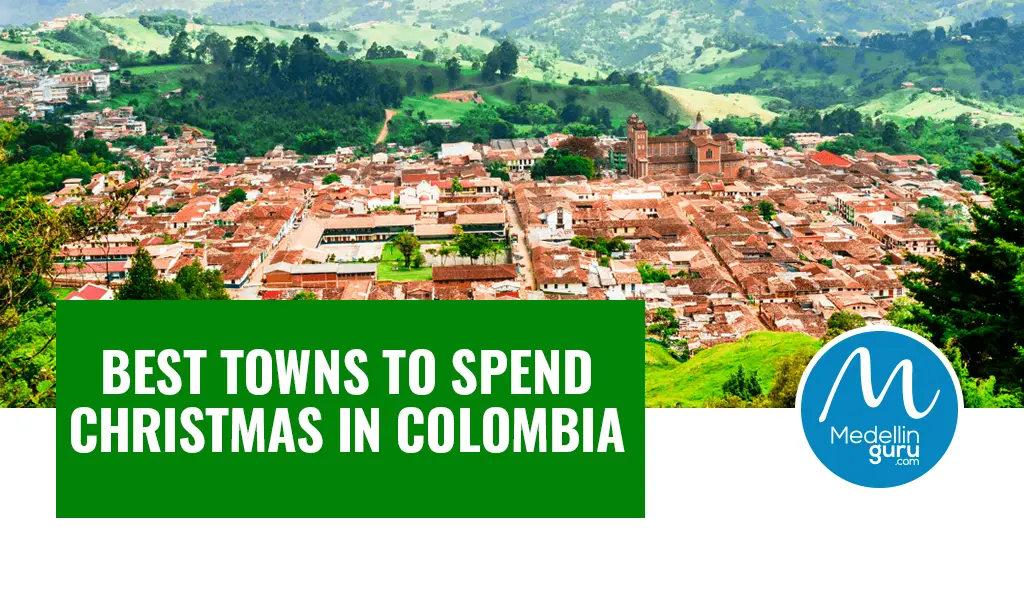
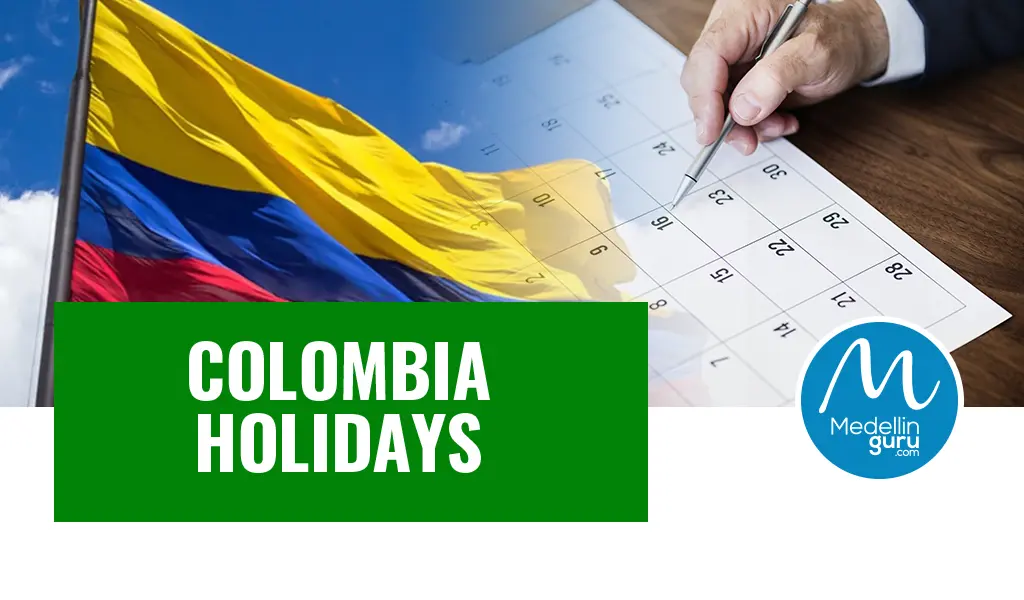
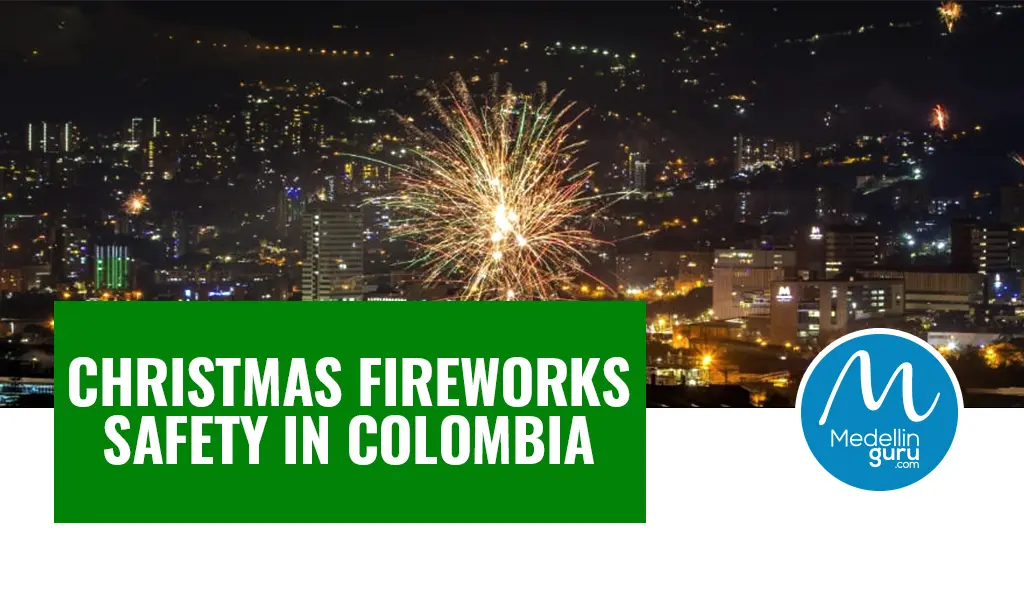


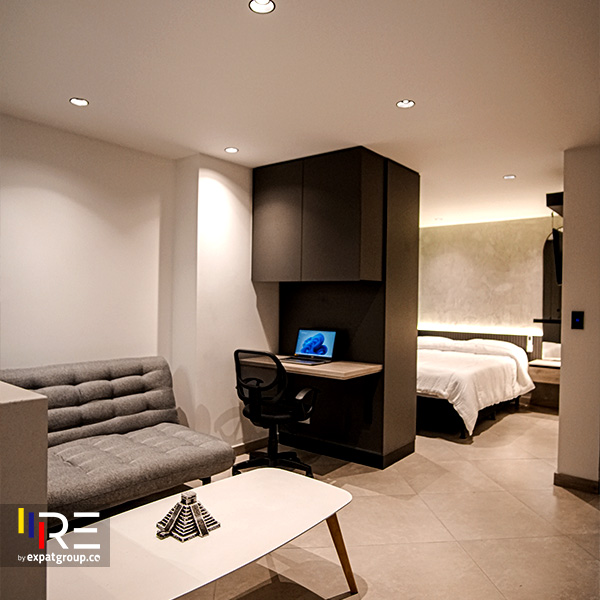

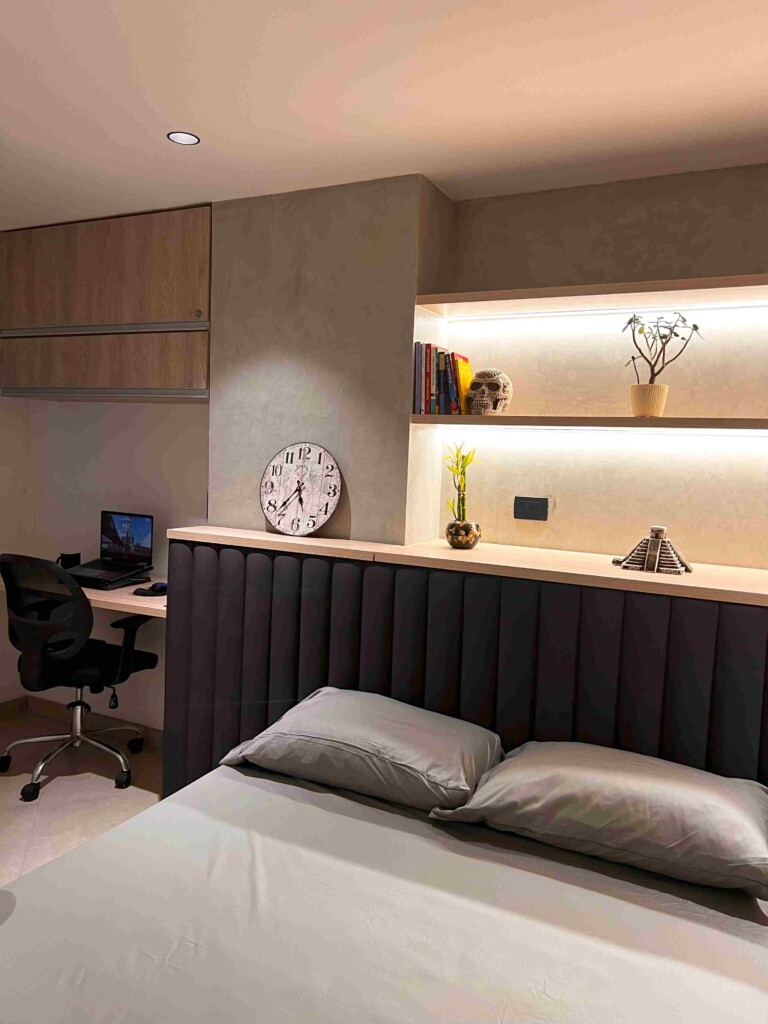




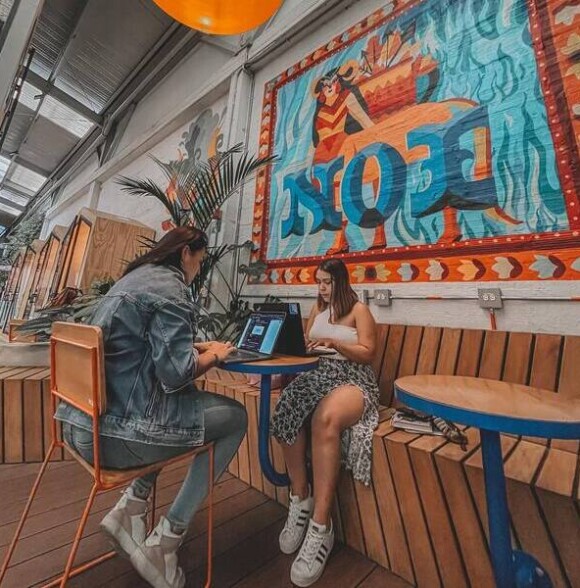

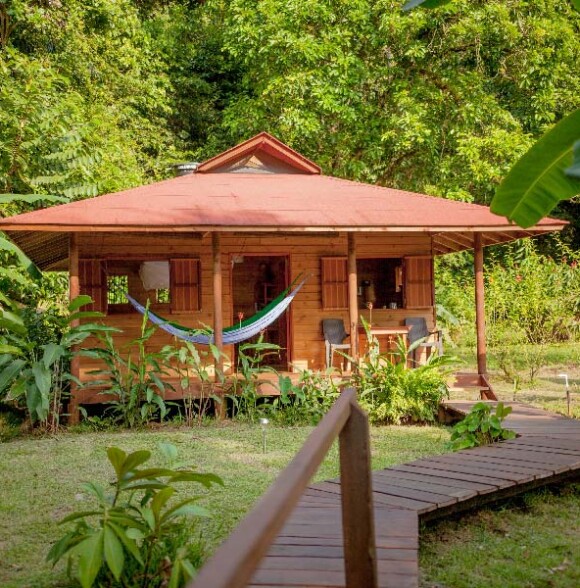

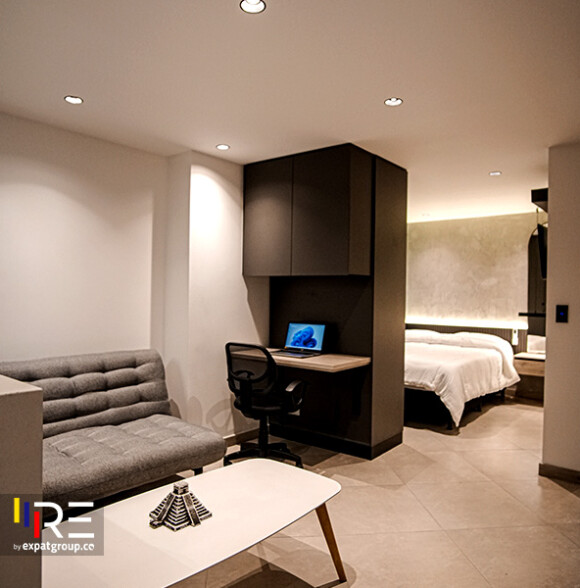





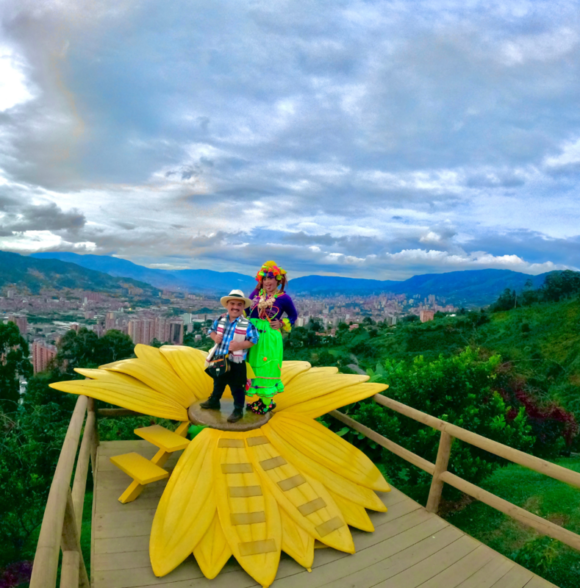


7 thoughts on “Is Bogotá Safe? Bogotá Security and Safety Tips – 2019 Update”
Karma!!! this is a robbery at Transmileno bus station
https://www.youtube.com/watch?v=cWJ92fkhME4
Nice article and very good tips for staying safe. When I visited Bogota I felt less safe than in Medellin. Also, the traffic in Bogota is horrible and it is too cold for me. I much prefer Medellin.
My wife and I went to Colombia (as tourists) about a year ago. We are Americans. Went to both Bogota and Cartagena. We want to go back…definitely see Medellin, Cali, and appropriate.
As far as what we did in Chapinero (Bogota), where we stayed, we definitely took precautions. As I have traveled to India (my ancestral homeland), and my wife is originally from Vietnam, we took the following in addition to what was mentioned:
1) We left our credit cards and debit cards locked up whenever we were walking. We only carried the cash, or a prepaid debit card whenever we walked on the street. This way, we are only out the amount of money we were carrying.
2) From our trips various other places, we tend to dress like “locals”. That is we do not wear jeans, shorts, or sneakers. The idea is to blend in. We learned this from our travels in Southern Europe (and me from previous trips to Argentina and Costa Rica).
3) At night we only walk in well lit areas, and we stay together. This perhaps is more of a concern for a smaller petite woman like my wife. She often would ask me to walk with her–which I would do anyway as her husband.
4) We wear very limited jewelry on the street at night. My wife takes out her earrings, and her chains. This is something we both learned and practiced from our trip to India and to Vietnam. We leave jewelry locked up, and not exposed.
5) We assume anything in our pockets or in her purse can be snatched (big thing you learn in Asia). This way we put very limited things, and we do not draw attention to ourselves.
6) My wife wears a security pouch on her that is not visible, and I wear one one me when we walk around on the streets. They are not easily accessed by a would-be thief.
7) I happen to know Spanish, and understand the street slang pretty well, though my accent for Spanish sounds more Argentine then Colombian…I remember one of the local tour guides in Colombia asking me immediately if I was Argentine because of my Spanish accent. I studied Spanish extensively, and remember one of my Spanish professors recounting how he advised a foreign backpacker he was traveling with in Central America to hide his cash in his underwear because of machismo, and also for safety (to not draw attention).
In any case, these are the things and observations of my wife and I when we travel in Latin America. We both like Colombia and the rest of Latin America.
Bogotá has barrios. Medellin has comunas.
Thanks the article is updated. Actually Bogotá has localidads and Medellín has comunas. And localidads in Bogotá and comunas in Medellín are broken up into smaller barrios.
Following those safety tips listed above will greatly reduce the chance of problems; this includes staying away from online dating sites. My friend in Medellin was kidnapped because he used one of those sites and barely escaped with his life after three days of captivity during which he was forced to transfer large amounts of money. He left Colombia and I can’t convince him to return. In essence the root of the problem was that he let a complete stranger into his home and allowed himself to be lured off his familiar turf.
In Colombia I analyze the reports I hear about involving foreign crime victims and without exception one of Jeff’s safety tips could have prevented it.
Very comprehensive article. Thanks.